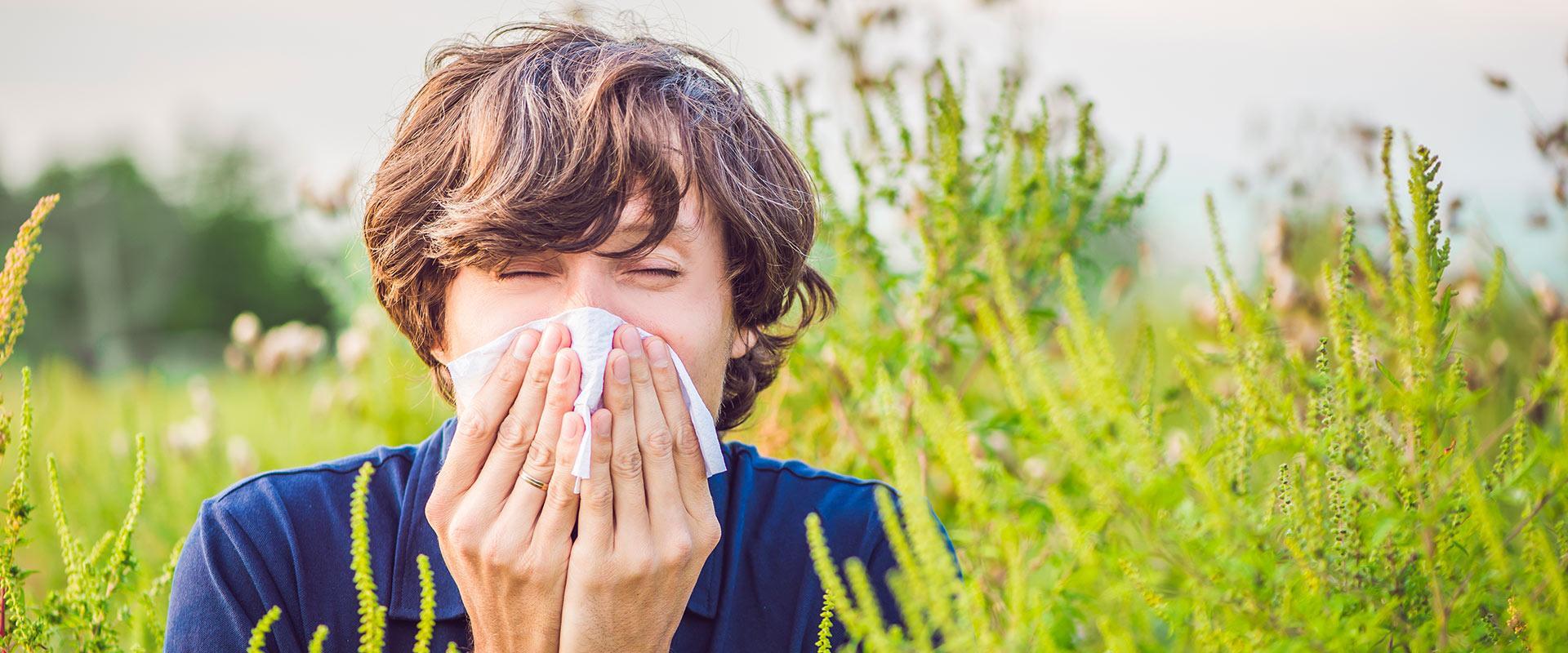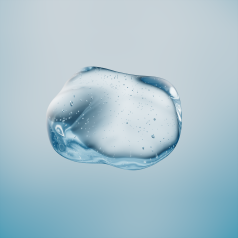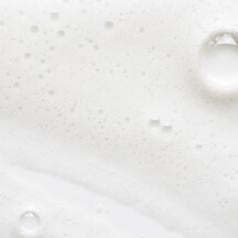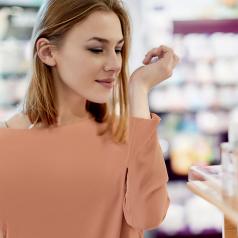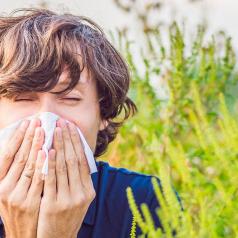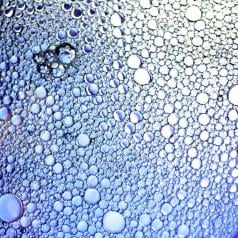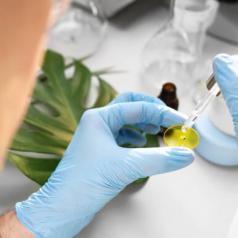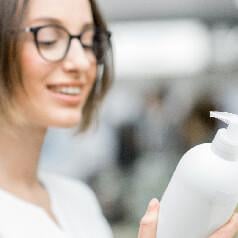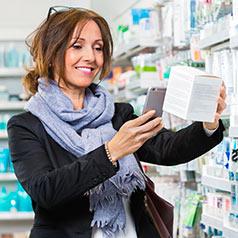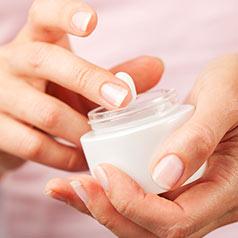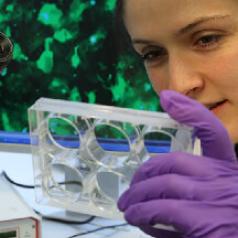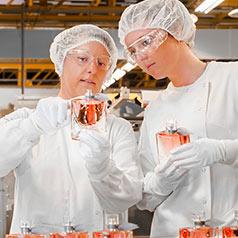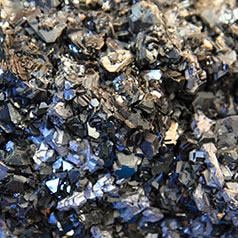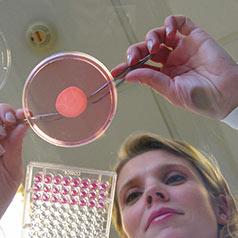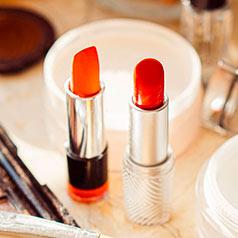The word “allergen” often arouses mistrust, particularly due to the frequent confusion between the terms “allergen” and “allergy”.
What are allergens?
Allergens are substances foreign to the body that can provoke an exaggerated immune system response in some individuals, called an allergy.
Allergens are therefore substances that have an allergenic potential for people who are sensitive to them. An allergy is the manifestation of an intolerance to these substances, in people who may be predisposed.
There are several types of allergic reactions, the best known of which are:
- Immediate allergy, mainly of food origin but also airborne or due to venom, which can be very severe with symptoms ranging from urticaria to anaphylactic shock.
- Delayed, contact allergy, which results in skin symptoms (redness, itchiness, etc.) spread more or less extensively around the area of contact with the allergen.
Allergens are naturally present in our environment and in our food. For example, pollen or dust mites can cause an allergic reaction such as asthma or sneezing. Peanuts and certain dried fruits, shrimp or kiwi are well known to cause potentially serious allergic reactions.
Some natural ingredients such as essential oils or synthetic ingredients such as latex or certain dyes can also be allergenic.
Where are allergens found?
Allergens are naturally present in our environment and in our food. For example, pollen or dust mites can cause an allergic reaction such as asthma or sneezing. Peanuts and certain dried fruits, shrimp or kiwi are well known to cause potentially serious allergic reactions.
Some natural ingredients such as essential oils or synthetic ingredients such as latex or certain dyes can also be allergenic.

Will I develop an allergy to a cosmetic product that contains allergens?
Cosmetic products may contain allergens and cause allergic reactions in susceptible people, mainly so-called contact allergies. If you are not sensitive to these substances, they are completely harmless.
Allergic reactions to cosmetic products are rare. The only existing study shows that the number of proven cases of allergies (i.e. confirmed by a dermatologist) in the general population is estimated at 0.1 - 0.2%. They are generally located where the product is applied and are completely reversible when you stop using the product. They may require consultation with a dermatologist and appropriate treatment.
A complete list of all ingredients, including allergens, is provided on the packaging. If you already know you are sensitive or allergic to a component, this means you can choose products that do not contain it. Allergen labelling regulations are European, which we apply all around the world.
Ensuring the safety of our consumers is our priority
To minimize risk, the ingredients we use in our products have all been rigorously evaluated for their potential to induce an allergic reaction. When we assess the safety of a cosmetic product before market, we check that the ingredients are used under conditions where they will not cause allergy.
Our products are subjected to specific tests to check for the absence of allergic reactions during use. This rigorous approach applies to all products we develop.
Some products, such as hair colouring products, are subject to precautions for use. For example, we recommend that an allergy alert test be carried out systematically 48 hours before each use.
We work with professionals to ensure the safety of our consumers. If a dermatologist diagnoses an allergy to one of our products, we provide them with the ingredients used in the product so that they can be tested to determine which one may have caused the patient's allergy. The dermatologist can then prescribe suitable products.
We also sell hypoallergenic product ranges, i.e. with no potentially allergenic substances, to meet the needs of our most sensitive consumers.

